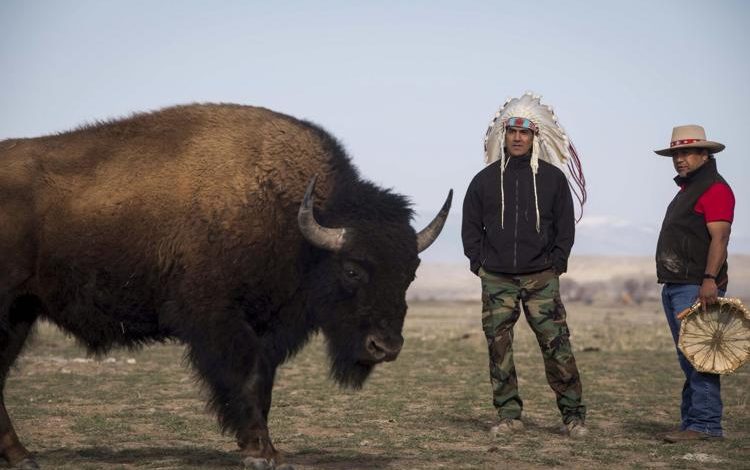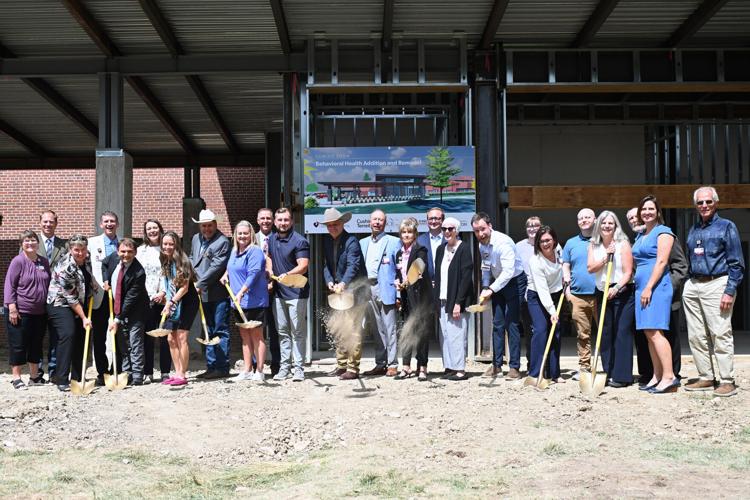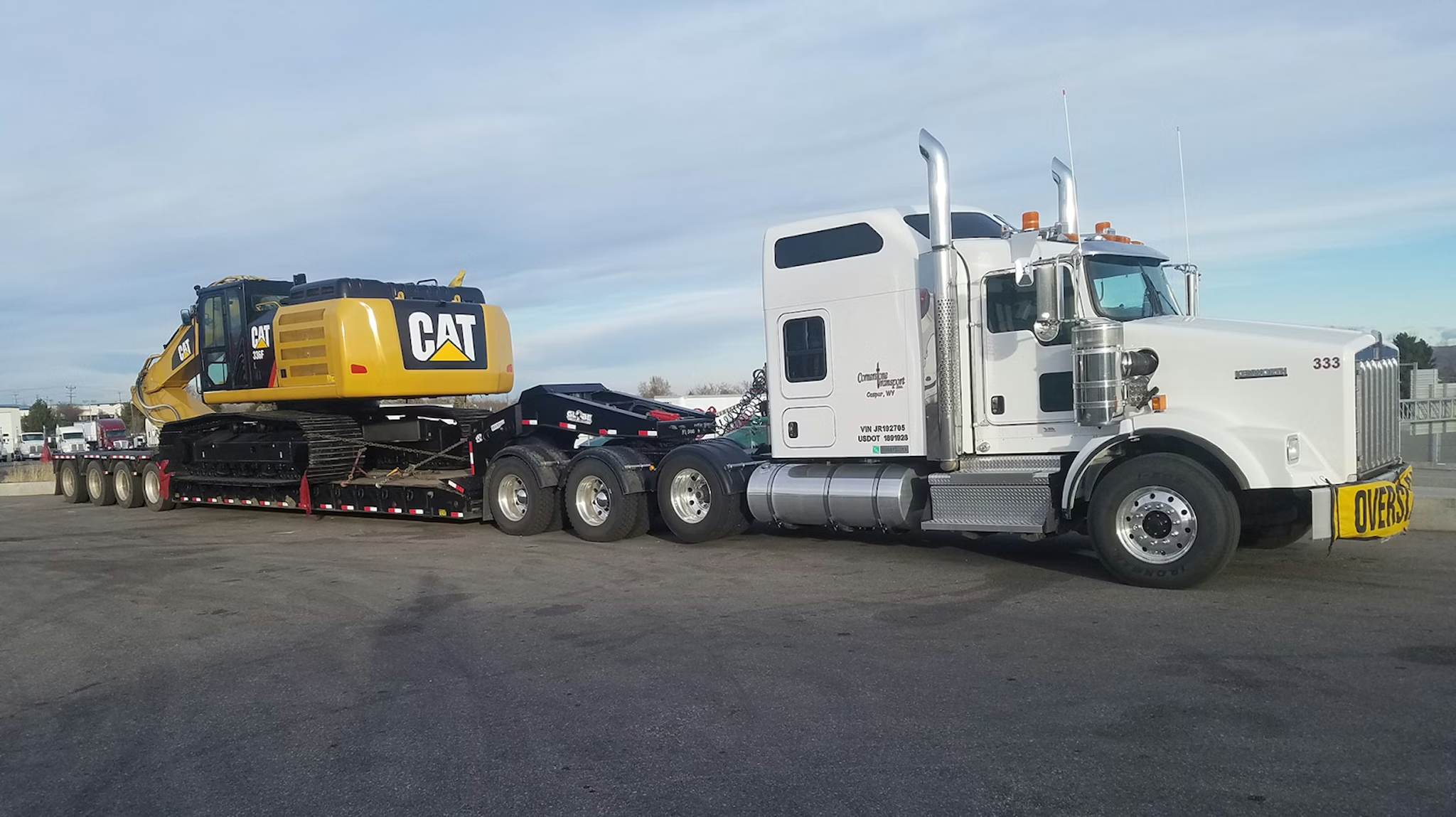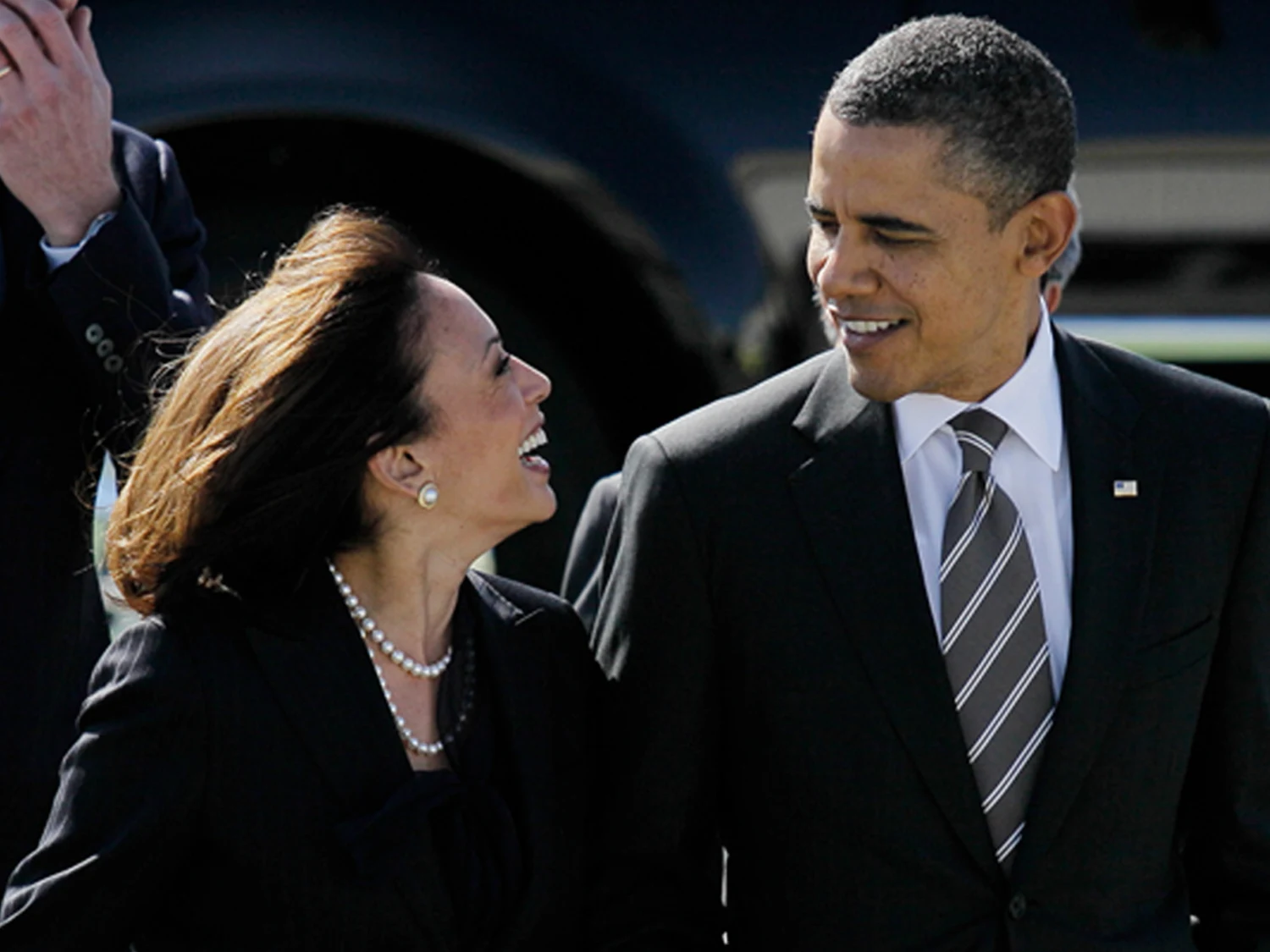Eastern Shoshone Tribe Reclassifies Buffalo as Wildlife: A Shift in Conservation and Cultural Approach

Earlier this month, the Eastern Shoshone Tribe in Wyoming voted to classify buffalo as wildlife rather than livestock — a decision with implications for conservation, tribal sovereignty, and ecological restoration.
This change in classification aims to recognize buffalo more like elk or deer, rather than as domesticated animals raised primarily for commercial use.
The decision reflects a broader interest among Indigenous communities to reframe their relationship with buffalo, or bison, from one of ownership to one of coexistence. Jason Baldes, executive director of the Wind River Buffalo Initiative and a member of the Eastern Shoshone Tribe, has worked for over a decade to increase buffalo populations on the Wind River Reservation. Currently, the Eastern Shoshone manage 118 buffalo, and the neighboring Northern Arapaho tribe — who share the same land base — oversee 97. The Northern Arapaho are also expected to vote on the classification change.
“Buffalo as wildlife allows the animals to exist on the landscape,” Baldes said. “Rather than livestock based on economic and Western paradigms.”
The reclassification speaks to more than just biology — it’s also a matter of tribal sovereignty. On the Wind River Reservation, tribes are responsible for wildlife management and hunting regulations. By designating buffalo as wildlife, the Eastern Shoshone are emphasizing self-determination in how animals are perceived and managed on their lands.
The distinction between wildlife and livestock is significant. Wildlife typically refers to non-domesticated animals not bred or controlled by humans for food or companionship. In contrast, livestock includes animals raised primarily for human use. The classification influences how animals are managed, their movement across landscapes, and their ecological role.
Buffalo — referred to as bison by scientists — once numbered in the millions across North America. But following a period of rapid overhunting and policies aimed at disrupting Indigenous food systems during westward expansion, their numbers fell to fewer than 500 by the late 19th century. Today, approximately 20,000 wild plains bison remain, though most buffalo live in private herds, many of which supply the growing bison meat industry. In 2023, roughly 85,000 bison were processed for meat in the United States, a small number compared to the 36 million cattle processed in the same year.
Buffalo reintroduction efforts are gaining momentum for a variety of reasons — including ecological benefits. While buffalo emit methane like cattle, some herds have been shown to help improve soil health, increase biodiversity, and promote drought resilience. Studies suggest buffalo graze differently from cattle, moving more frequently and consuming a broader range of grasses, which can contribute to healthier rangelands. However, as with any large grazers, overpopulation or poor management can result in land degradation.
Wyoming’s classification of buffalo is more complex. The state considers them both livestock and wildlife, depending on location and management purpose. Currently, about 70 buffalo hunting tags are issued in Wyoming annually. In contrast, Yellowstone National Park maintains one of the oldest wild herds in the country. As that population grows, it has sparked debates over disease risk, land use, and the herd’s expansion into neighboring states like Montana.
Some ranchers — including tribal ranchers — express concern about disease transmission, particularly brucellosis, though there is no documented case of bison passing the disease to cattle. Still, buffalo and cattle are typically kept apart. Meanwhile, legal debates over tribal hunting rights continue, including in light of the 2019 Supreme Court ruling in Herrera v. Wyoming, which upheld certain treaty-protected tribal hunting rights.
For Baldes, the reclassification is part of a longer-term vision. He hopes to see buffalo roaming freely again and eventually to hunt them like any other wildlife species. He is even purchasing land to allow for more space where the animals can exist outside of confined enclosures.
“This isn’t about ranching,” he said. “Bringing the buffalo back is about our relationship with them, not domination over them.”
With input from Casper Star-Tribune, Grist Magazine, and The Independent.









The latest news in your social feeds
Subscribe to our social media platforms to stay tuned